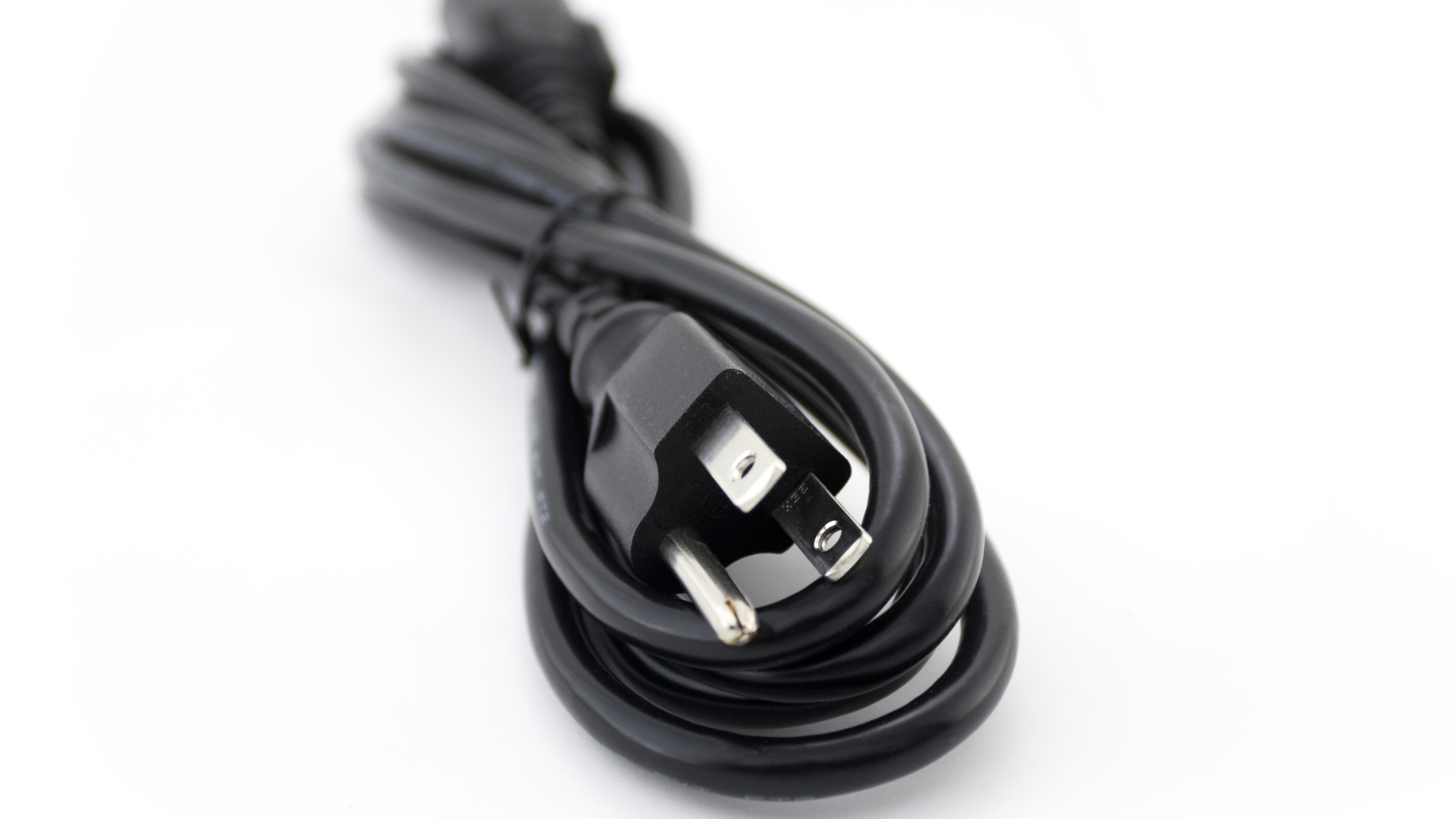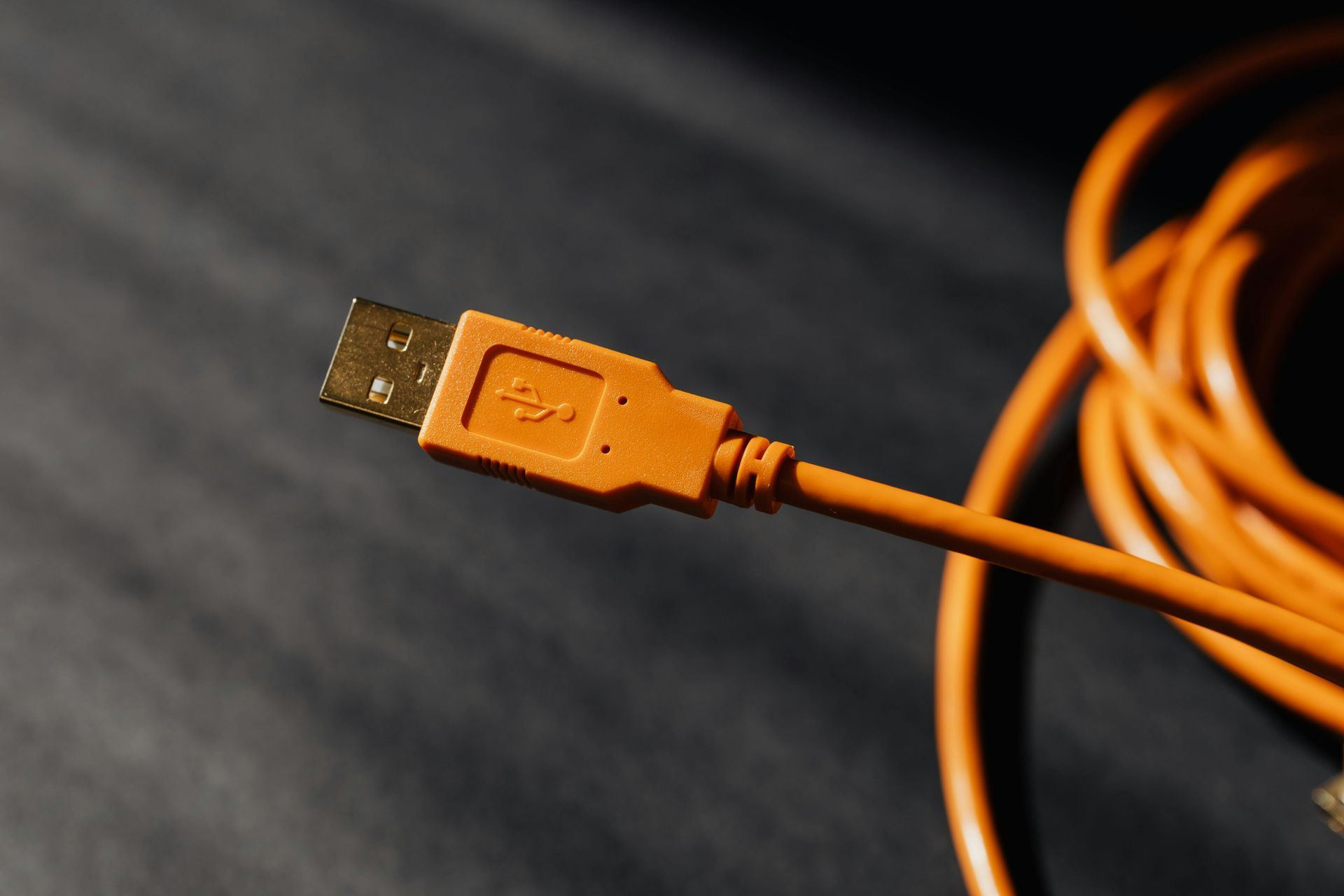The Secret to Longer-Lasting Electronics? Better Cord Management
In our increasingly digital world, electronic devices have become indispensable tools for work, leisure, and communication. Yet despite advancements in hardware, many electronics fail prematurely not because of internal defects but due to neglect of a critical, often-overlooked component: their cords. Whether it’s a smartphone charging cable, a router power cord, or a gaming headset lead, poor cord management can lead to fraying, overheating, and electrical issues that shorten a device’s lifespan. In this comprehensive guide, we’ll explore how proper cable organization, protection, and maintenance can safeguard your electronics, save you money, and reduce frustration. By implementing simple strategies—such as correct routing, the right connectors, and regular inspections—you can unlock the secret to longer-lasting electronics.

How Cord Stress Accelerates Wear on Devices
Electronics rely on stable power and data connections to function correctly, and cords are the critical interface between a device and its power source. When cables are pinched under heavy objects, sharply bent around corners, or stretched taut across a desk, they undergo repeated mechanical stress. Over time, this stress damages the internal wiring, leading to intermittent connections, increased electrical resistance, or complete failure. A frayed charging cable, for example, can cause a smartphone to charge slowly or not at all—forcing you to replace both the cable and potentially the battery if it overheats. By understanding that cord stress directly impacts device health, users can begin addressing the root causes of premature electronics failure.
The Hidden Dangers of Tangled and Unprotected Cords
Tangled cables not only create visual clutter but also hide potential hazards that can quickly escalate. When cords are left in a jumbled mess, it’s easy to overlook damaged sections or fraying insulation, which can expose conductive wiring. These exposed wires pose a risk of electric shock, short-circuiting, or even fires if they come into contact with flammable materials. In environments like offices or home entertainment centers, power adapters and data cables often sit under desks or behind furniture where damage goes unnoticed. By taking proactive measures—such as untangling cords daily and routing them away from foot traffic—you can uncover and address these hidden dangers before they lead to costly repairs or safety incidents.
Scenario: How a Frayed Cable Cost a Freelancer Hours of Work
Consider the case of Maya, a freelance graphic designer who relied on a high-end graphics tablet connected to her computer. One morning, Maya’s tablet suddenly lost its responsive connection; after frantic troubleshooting, she discovered that the data cable had developed a hairline fracture near the connector. The damaged cord caused sporadic connectivity, resulting in corrupted files and lost hours of creative work. Replacing the cable mid-project not only disrupted her workflow but also led to missed deadlines and frustrated clients. By contrast, had Maya used a robust cable management solution—such as a protective sleeve, secure cable clips, and a reliable connector—the cable would have been shielded from wear and tear, preventing the entire ordeal. This example highlights that investing in cord management is not merely about tidiness but about preserving productivity and peace of mind.
Cord Management Basics: Protecting Your Cables for Longevity
At its core, proper cord management involves three fundamental principles: protection, organization, and access. Protection means shielding cables from sharp edges, heavy weights, and bending beyond their tolerance. Organization entails bundling and routing cords so they don’t overlap or rub against each other in ways that cause friction. Access ensures that cables are easy to inspect, adjust, or replace without dismantling an entire setup. Simple tools—like adhesive cable clips, cable sleeves, and cable trays—go a long way toward safeguarding your electronics. For instance, running your power strips along the edge of a desk and securing each cord with a clip prevents them from getting entangled underfoot. By routinely following these basics, you create an environment where cables can maintain their integrity and continue delivering consistent performance to connected devices.
The Gripper Cord Connector: A Modern Tool for Securing and Protecting Cables
When it comes to advanced cord protection, the
Gripper Cord Connector stands out as an innovative solution. Unlike disposable zip ties or Velcro straps, the Gripper’s reusable clamp design accommodates various cable diameters while preventing excessive bending or pulling. Its two-part connector slides together around a cord coupling—ensuring a secure hold—yet features a fail-safe seam that breaks away under extreme tension, avoiding damage to the cord itself. This mechanism is particularly important for high-stress environments like data centers or home theaters, where cables are frequently adjusted. For a deeper comparison, check out our blog on
The Gripper: Ultimate Cable Tie Alternative. By integrating the Gripper Cord Connector into your cable management routine, you not only protect individual cords but also extend the life of the devices that rely on them.
Routing and Bundling: Creating a Logical Cable Layout
Effective cable layout starts with clear pathways that minimize crossing points and sharp turns. Grouping related cables—such as power, HDMI, and Ethernet—into separate bundles allows for intuitive organization. For example, in a home office, you could run power cords along the back edge of your desk in one bundle, while data and video cables occupy a pathway behind your monitor. Use color-coded labels or tags for quick identification, especially in complex setups with multiple devices. Cable trays under the desk can hold these bundles discreetly, preventing them from dangling into legroom. For detailed steps on creating these pathways, see
Cord Management 101: Tips for Keeping Your Cables Neat and Tidy. A logical layout not only enhances visual appeal but also makes routine maintenance—like unplugging a printer to move desks—much simpler.
Environmental Factors: Heat, Dust, and Flexing
Cables are more than mere cords; they are components that react to their environment. High heat levels—common in cramped entertainment centers or server closets—can accelerate the breakdown of insulation and internal wiring. Accumulated dust on or around cables can work its way into connectors, causing poor contact and intermittent failures. Frequent flexing, especially near the connector ends, causes metal fatigue and eventual breakage. To mitigate these factors, keep electronics ventilated to reduce temperature buildup, use dust-resistant cable covers in dusty environments, and install strain-relief solutions—like the Gripper Cord Connector—to avoid repeated bending at weak points. By paying attention to environmental stressors, you establish conditions in which cables can perform optimally over many years.
Maintenance Routines: Inspect, Replace, and Rotate
Routine maintenance is key to ensuring cords remain in good condition. Set reminders—perhaps quarterly—to inspect cables for signs of wear, such as fraying near connectors or reduced flexibility. Replace any cable showing damage immediately rather than waiting for a catastrophic failure. In scenarios where multiple identical cables are used (e.g., stage lighting or event production), rotate cables so that wear is evenly distributed across the entire set. Keep a small supply of spare cables on hand to minimize downtime when a replacement is needed. For guidelines on proactive replacement schedules, refer to 5 Common Cord Problems and How The Gripper Cord Connector Solves Them. A proactive maintenance habit prevents unexpected disruptions and lengthens the service life of electronics.
Example: How a Podcast Studio Achieved Zero Cable Failures
Consider a local podcast studio that hosts multiple weekly shows. Initially, the studio struggled with frequent audio dropouts caused by worn XLR and USB cables—forcing hosts to interrupt recordings to fix connections. After instituting a complete cable management overhaul—replacing suspect cables, installing Gripper Cord Connectors at every mixing board and microphone, and routing cables neatly through under-table trays—cable-related issues dropped to zero. Hosts reported uninterrupted recording sessions, and the studio reclaimed hundreds of hours previously lost to technical struggles. This transformation not only elevated the studio’s reputation for reliability but also allowed them to book more sessions, knowing that cable failure was no longer a concern. Real-world scenarios like this highlight that small investments in cord management tools yield significant returns.
Financial and Environmental Benefits of Lasting Cables
Replacing cables less frequently directly translates to financial savings. A high-quality HDMI cable can cost $20–50, so replacing it multiple times a year adds up quickly. By contrast, investing in a Gripper Cord Connector (which costs only a few dollars each) can prevent cable damage and dramatically reduce replacement expenses. Additionally, longer-lasting cables generate less electronic waste—an increasingly important consideration as e-waste continues to burden landfills. Incorporating sustainable practices—such as reusing connectors, responsibly recycling old cables, and choosing durable products—helps both your budget and the environment. For more on eco-friendly cord solutions, explore Are Cable Ties Enough? Why You Need The Gripper Cord Connector.
Advanced Tips: Surge Protection, Labeling, and Wireless Alternatives
Beyond physical cable care, consider complementary strategies to safeguard electronics. Surge protectors and uninterruptible power supplies (UPS) protect devices from voltage spikes that can instantly fry internal components. Label each cable clearly at both ends—using a label maker or color-coded tags—to speed up identifying and swapping cables when needed. For devices that support it, wireless alternatives (e.g., Bluetooth headphones or Wi-Fi printers) reduce cable counts and the associated management headache. When wired connections are unavoidable—for high-fidelity audio or 4K streaming—pair them with robust cable management to ensure longevity. Combining these advanced tips with proper cable care creates a holistic defense against device failure.
Your Next Steps: Embrace Better Cord Management Today
The secret to longer-lasting electronics lies not only in internal specs but in how well you manage the external components—namely, their cords. By conducting a cable audit, using protective tools like the Gripper Cord Connector, and implementing routine maintenance, you can prevent premature cable failures, enhance device performance, and reduce frustration. Whether you’re a gamer protecting your headset, an IT manager overseeing a server room, or a homeowner optimizing an entertainment center, better cord management is within reach. If you have any questions or are ready to get started, reach out to our team—we’re here to help you achieve lasting, reliable electronics!
📦 Shop Now: https://www.thegrippercordconnector.com/store
📖
Read more tips on cord management:
https://www.thegrippercordconnector.com/blogs
Invest in The Gripper today and experience the ultimate solution for simplifying your life through superior cable management. Embrace a future where clutter is a thing of the past, and efficiency, safety, and style come together seamlessly.



